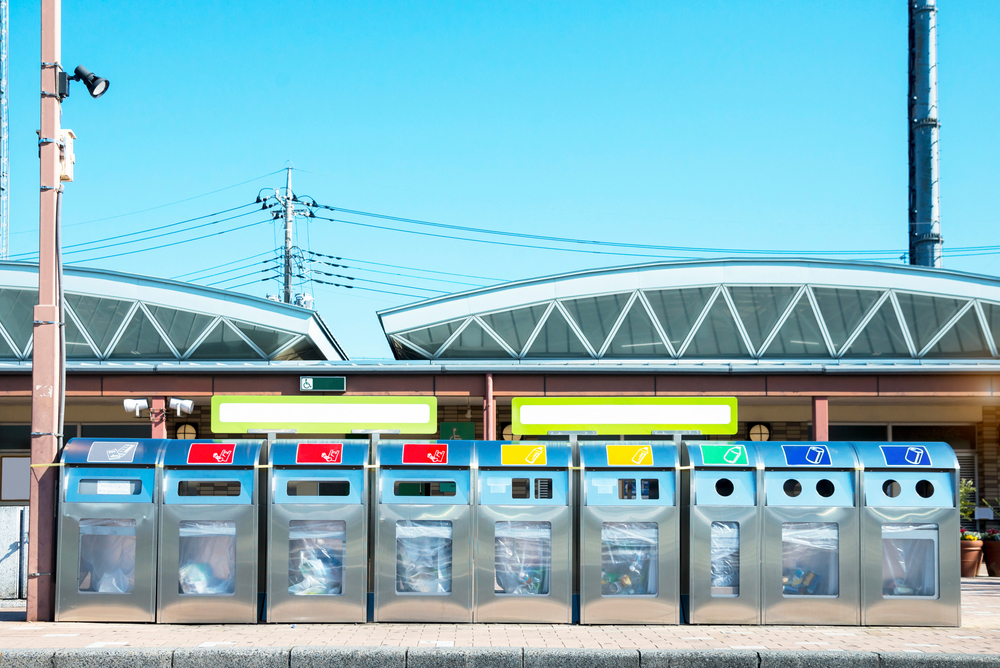Reduce, reuse, and recycle. Will distributing recycling bins to every household spur Singaporeans on to ‘recycle right’?
recycle regularly, but get it right.
In 2021, the National Environment Agency (NEA) launched a survey on household recycling to investigate nationwide trends of recycling and the utility of recycling bins within Singaporean households.
This was their main takeaway: many households in Singapore recycle regularly, but not everyone got it right.
And so it was announced that every Singaporean household would receive a recycling bin in the second half of 2022 as an effort to ramp up household recycling rates. But there has also been quite some discussion about the effectiveness of this move. Would recycling bins work in raising household recycling rates sustainably in the long run? Or would it just be another strategy that would eventually wither without wired behavioural change targeted at inculcating how to recycle right?

convenience and change.
Currently, Singapore adopts a single-stream recyclables collection system, whereby the four types of recyclables (paper, plastic, glass, and metal) can be deposited without segregation. According to NEA, this saves households the trouble of separating their recyclables, and reduces carbon footprints with lesser truck trips required (HDB, condominium, and private apartments have one recycling bin per residential block, while each landed house has one recycling bin).
However, only 60% of what goes into these blue recycling bins can eventually be recycled. The remaining 40% is usually either contaminated by food or liquid waste or are non-recyclables.
With convenience as the priority in this collection system, it’s not surprising that the result is a lack of knowledge about what can and cannot be recycled given that everything can be chucked into one single bin. Afterall, it’s so easy and convenient to shove everything into a household recycling bin without having to think, or sort the items first.
How would this lead to sustainable behavioural changes on recycling if the act itself is so mindless, and convenient? Eventually, the behaviour wouldn’t be sustained on knowledge as it merely occurs out of habit. Then, would it be considered conscious recycling if all it entails is depositing unwanted items into fancy recycling bins labelled as such?

educate, incentivise, or fine?
A new recycling mascot, Bloobin (blue-bin, geddit?) was also introduced by NEA to encourage people to recycle right. Together with interactive educational resources (e.g. e-games, e-activity books) made available to pre-schoolers and older students, there are attempts to instill behavioural change through education from young.
For the older folks, NEA announced a series of partnerships with the community, non-governmental organisations (NGOs), and corporate and industry partners to encourage higher recycling rates by making recycling convenient in neighbourhoods and home. These measures targeted at different age groups appear to highlight that education is no longer, or not as effective for the older age groups.
If that is so, would incentivising or penalties do the trick better? In the case of Korea where households can be fined up to a hefty 1,000,000 won for dumping too much food, will such measures work equally well for Singaporeans?

public or private.
It’s no secret that Japan has one of the most sophisticated and extensive recycling and waste sorting system in the world. Even in public places, individuals have to deliberate on the category of their waste before putting them into respective sorting bins (e.g. newspaper, combustibles, PET bottles, cans, etc) of up to 10 categories.
This is on top of the sorting of waste and recyclables that have to be done in households. Compared to Japan, the key differences of recycling in Singapore is the recycling collection system (single-stream vs. sorting), and the sorting of waste within the household. In order to achieve the remarkable recycling rates of Japan, would such a move to start sorting waste from within the household benefit Singaporeans, opposed to having just one distributed recycling bin to deposit everything in?
If we started to learn what can be recycled and what not by starting the sorting at home with the distributed recycling bin, would it help in changing recycling behaviours for the long term?

context matters.
While it’s still early to see if the distribution of individual household recycling bins will change the face of recycling in Singapore, it’s always interesting to be thinking of potential ways to encourage higher recycling rates for the sustainability of our future by gleaning from our neighbours.
Will behavioural changes, incentives, or penalties work better in Singapore? It’s essential to consider the context, cultural, and environmental differences that may impact the formation of lasting and sustainable recycling habits in Singapore, while borrowing from the success stories of other countries.
Want to reduce your carbon footprint in other ways apart from recycling? Check out these easy steps to begin your sustainable journey today!






